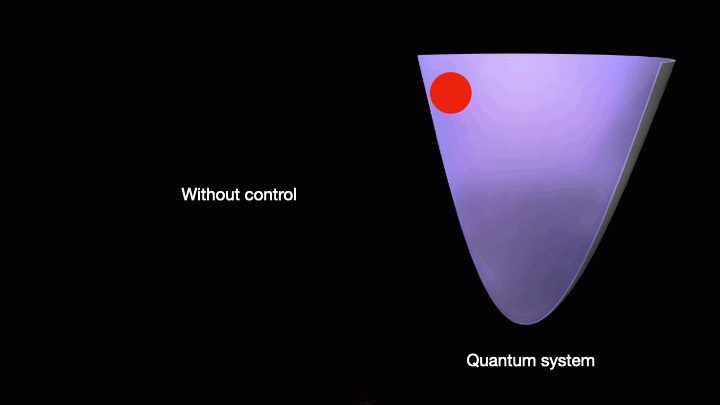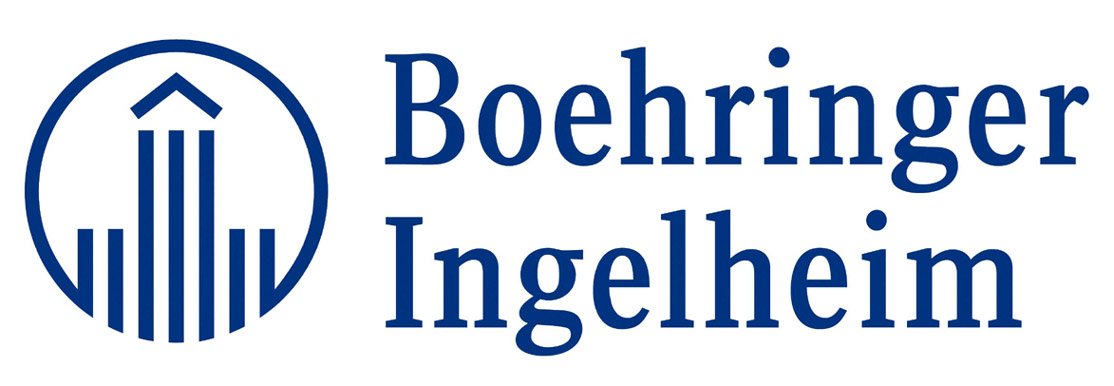It’s easy to control the trajectory of a basketball: all we have to do is apply mechanical force coupled with human skill. But controlling the movement of quantum systems such as atoms and electrons is much more challenging, as these minuscule scraps of matter often fall prey to perturbations that knock them off their path in unpredictable ways. Movement within the system degrades — a process called damping — and noise from environmental effects such as temperature also disturbs its trajectory.
One way to counteract the damping and the noise is to apply stabilizing pulses of light or voltage of fluctuating intensity to the quantum system. Now researchers from Okinawa Institute of Science and Technology (OIST) in Japan have shown that they can use artificial intelligence to discover these pulses in an optimized way to appropriately cool a micro-mechanical object to its quantum state and control its motion. Their research was published in November, 2022, in Physical Review Research as a Letter.
Micro-mechanical objects, which are large compared to an atom or electron, behave classically when kept at a high temperature, or even at room temperature. However, if such mechanical modes can be cooled down to their lowest energy state, which physicists call the ground state, quantum behaviour could be realised in such systems. These kinds of mechanical modes then can be used as ultra-sensitive sensors for force, displacement, gravitational acceleration etc. as well as for quantum information processing and computing.
Reference : Bijita Sarma, Sangkha Borah, A Kani, Jason Twamley. Accelerated motional cooling with deep reinforcement learning. Physical Review Research, 2022; 4 (4) DOI: 10.1103/PhysRevResearch.4.L042038




